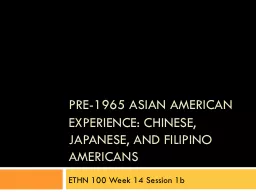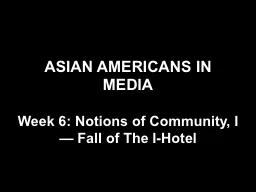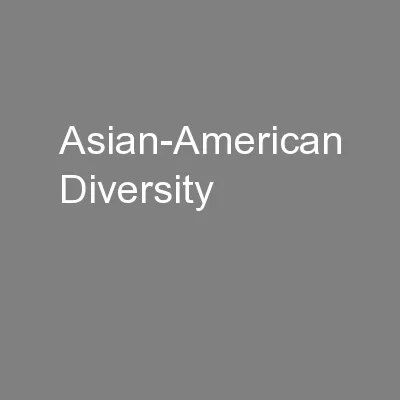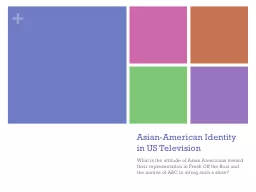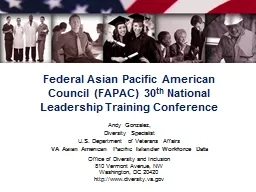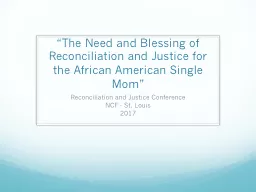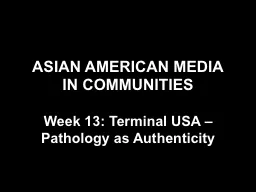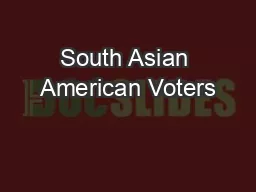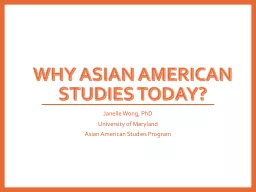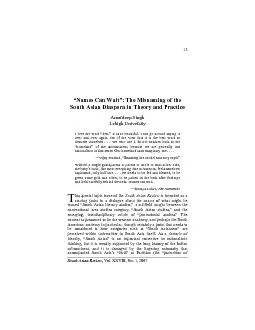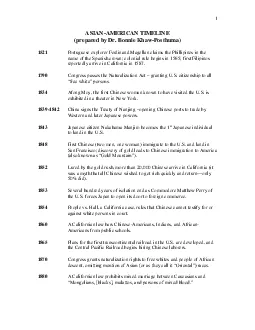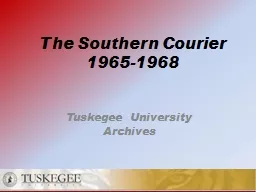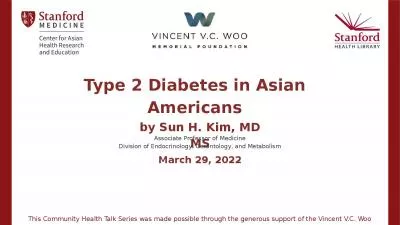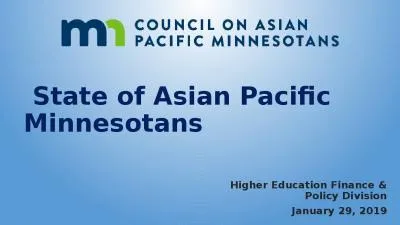PPT-Pre-1965 Asian American Experience:
Author : conchita-marotz | Published Date : 2015-10-21
Chinese Japanese and Filipino Americans ETHN 100 Week 14 Session 1b Mother Tongue Discuss an aspect of the essay you found fascinating relatable or informative
Presentation Embed Code
Download Presentation
Download Presentation The PPT/PDF document "Pre-1965 Asian American Experience:" is the property of its rightful owner. Permission is granted to download and print the materials on this website for personal, non-commercial use only, and to display it on your personal computer provided you do not modify the materials and that you retain all copyright notices contained in the materials. By downloading content from our website, you accept the terms of this agreement.
Pre-1965 Asian American Experience:: Transcript
Download Rules Of Document
"Pre-1965 Asian American Experience:"The content belongs to its owner. You may download and print it for personal use, without modification, and keep all copyright notices. By downloading, you agree to these terms.
Related Documents

